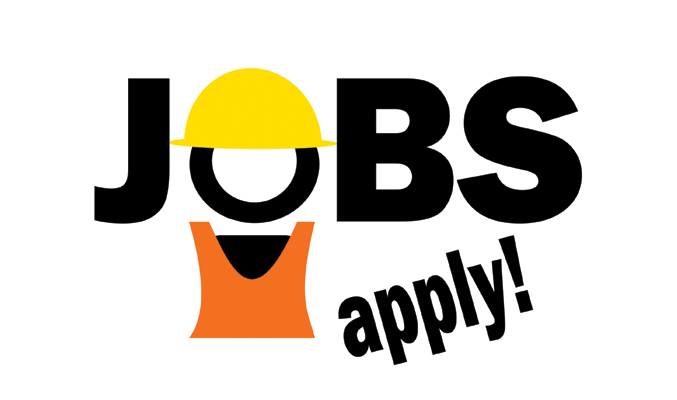By Dolly Penland, Business Results
What does your ideal estimator, designer, sawyer, or production line employee look like — beyond their skills? Attracting the best candidates is a lot like fishing. You have to use the right bait. To get the right candidates’ attention, first you must clearly define the knowledge, skills, the competencies, and the ideal behavioral and cognitive attributes you need in a role.
Defining the ideal behavioral and cognitive strengths required to be successful in your unique company culture, and then measuring how people fit (or don’t fit) that ideal job model will help you make more effective hiring decisions and help your managers to better train and communicate with their people every day. As an example, Business Results clients use job assessments to understand what your company needs strategically to accomplish your goals.
Here are three short examples of the job model and the behavioral language (the bait) we weaved to attract job candidates (the right fish) who are more likely to be successful.
Figure 1: This fast-growing firm is looking for an independent self-starter who is driven to proactively help resolve customers’ problems. Every day is different with new opportunities to trouble-shoot issues to the best resolution for the client.

Figure 2: The successful candidate will be an assertive, practical problem-solver driven to get things done, quickly and correctly. The duties of this job require a high degree of expertise and skill in maintaining established standards of quality and accuracy. Drive, determination and a self-disciplined approach are required to achieve expected results.

Figure 3: Are you a reliable team player? We need organized, supportive employees who will carefully adhere to very clearly-defined tasks that result in the same outcomes every day. The successful candidates must have very strong attention to detail while working at a steady, consistent pace.

JOB DESCRIPTION BEFORE AND AFTER
Once you have an ideal job model created, adding that behavioral language into the job description to help attract candidates is critical. If you are using assessment, you’ll want to gather both the behavioral and cognitive data of all candidates as soon as they apply to understand how they fit or don’t fit to your ideal model of success.
Here’s a portion of a recent Before and After the job description:
Job Description Before:
Ensure distribution and customer management and further expansion of sales activities in territory. Determine ways in which our company can help our customers grow.
• Collaborate with senior executives to create a sales and marketing plan to establish and execute sales targets for the region
• Network within the region to develop new leads and create and maintain customer relationships
• Oversee the regional dealers
• Create quotations and sales orders with required information
• Visit current and potential customers’ facilities to learn their businesses and recommend products
Job Description After:
Independently ensure successful distribution and customer management while competitively expanding sales activities in territory. Determine creative and practical ways in which we can help our customers grow.
• Positively collaborate with senior executives to create a winning sales and marketing plan to establish and execute sales targets for the region
• Persuasively create new connections within the region by networking to develop new leads, and maintain customer relationships
• Oversee the regional dealers including goal setting, coaching, and practical performance management planning
• Create quotations and sales orders with required information and be able to fluently and articulately communicate the information with many different types of buyers and clients
• Frequently visit current and potential customers’ facilities to learn their businesses and recommend products
MANAGE EFFECTIVELY
Each of the successful candidates for the above jobs are managed, motivated and communicated with very differently. One-size fits all management styles do not work. And because the Bureau of Labor Statistics data show that when the Quits rate remains consistently high, companies need to be very aware their rock stars might leave them if they aren’t being properly managed. Managers and leaders at all levels must know how to best give direction, offer feedback and even give kudos to each person in a way that will positively charge them, rather than de-motivate them. Do you know how to best work with, teach and guide each individual on your team every day? Training is the fastest way for your mangers to drive your business objectives.
And it all starts with having a clearly-defined plan for workforce growth allowing you and your leadership team to more quickly achieve Business Results. RB
Dolly Penland, President & CEO of Business Results [https://www.businessresultsllc.com], a PI® Certified Partner and Talent Optimization consultancy, and a CATIL® Certified Partner, works with organizations helping them to hire and manage their talent to their highest potential. She specializes in multiple areas including helping businesses grow sales, reduce turnover and develop leaders.




















